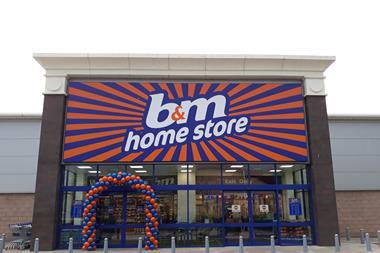
We live in a world full of data. Even now, data is being collected on every aspect of our lives. But this technological achievement – and sheer volume of data it yields – has made it more challenging to deduce insights.
Across all sectors, especially in grocery and retail, communications teams are using technology-driven media monitoring tools to assess and respond to industry issues and analyse competitor movements, almost in real time. But this is just the first step. Retailers need to analyse, evaluate and interpret the data to see the bigger picture rather than getting lost in incomprehensible information.
This analysis is valuable. With a clear picture of what is going on, communications teams can focus on their daily business, review their successes and stay abreast of breaking news faster than ever before.
Take changing regulations in the food industry, for example. The next few years will see a wave of regulations come to the fore – HFSS, deposit return schemes and Extended Producer Responsibility are just three that will have a major impact. Brands and retailers are aware that these changes are coming, but not necessarily prepared for the consumer reaction – particularly when it comes to some products potentially disappearing from shelves altogether – or aware of what their main competitors are doing.
Earlier this year, we read in The Grocer about retailers potentially shunning brands because they are not HFSS-compliant. Take ice cream as an example, where reformulating an indulgent product to meet the new guidelines will be extremely difficult. Some retailers are making assumptions that consumers will only purchase the bigger names if stores can not run promotions on smaller brands, because they don’t meet the new limits.
But what if consumers don’t actually care and some retailers miss out on vital sales by choosing not to stock a certain product? Conversely, what about brands that are not doing as much to promote their better-for-you credentials? Will consumers sidestep these products?
plastic packaging is another a major talking point in the fmcg industry. This month alone there have been almost 50,000 mentions on social media and more than 17,000 articles in the media globally on the topic.
As the UK attempts to drive up its recycling rate, EPR and DRS are continuing to gather pace. But what do consumers actually know about these pieces of legislation? At present there is only limited mainstream media coverage, but the government will undoubtedly begin running promotional campaigns to educate households and highlight the benefits of these schemes. If your competitors are complementing that messaging with their own, will they gain a competitive advantage on you? Are consumers even aware of your sustainability messaging?
It’s no secret that having access to exclusive data is the first step towards that all-important competitive advantage. However, the greatest benefit doesn’t lie in the quantity of the data, but the quality and ultimately how it is interpreted. There’s certainly no point in collecting reams of intelligence on a new food industry regulation for it to sit on a desktop unused.
The media and social media remain powerful and persuasive communication channels. And it is through more intelligent analysis of the media that comms teams can help their brands succeed through this particularly transformative time.



















No comments yet